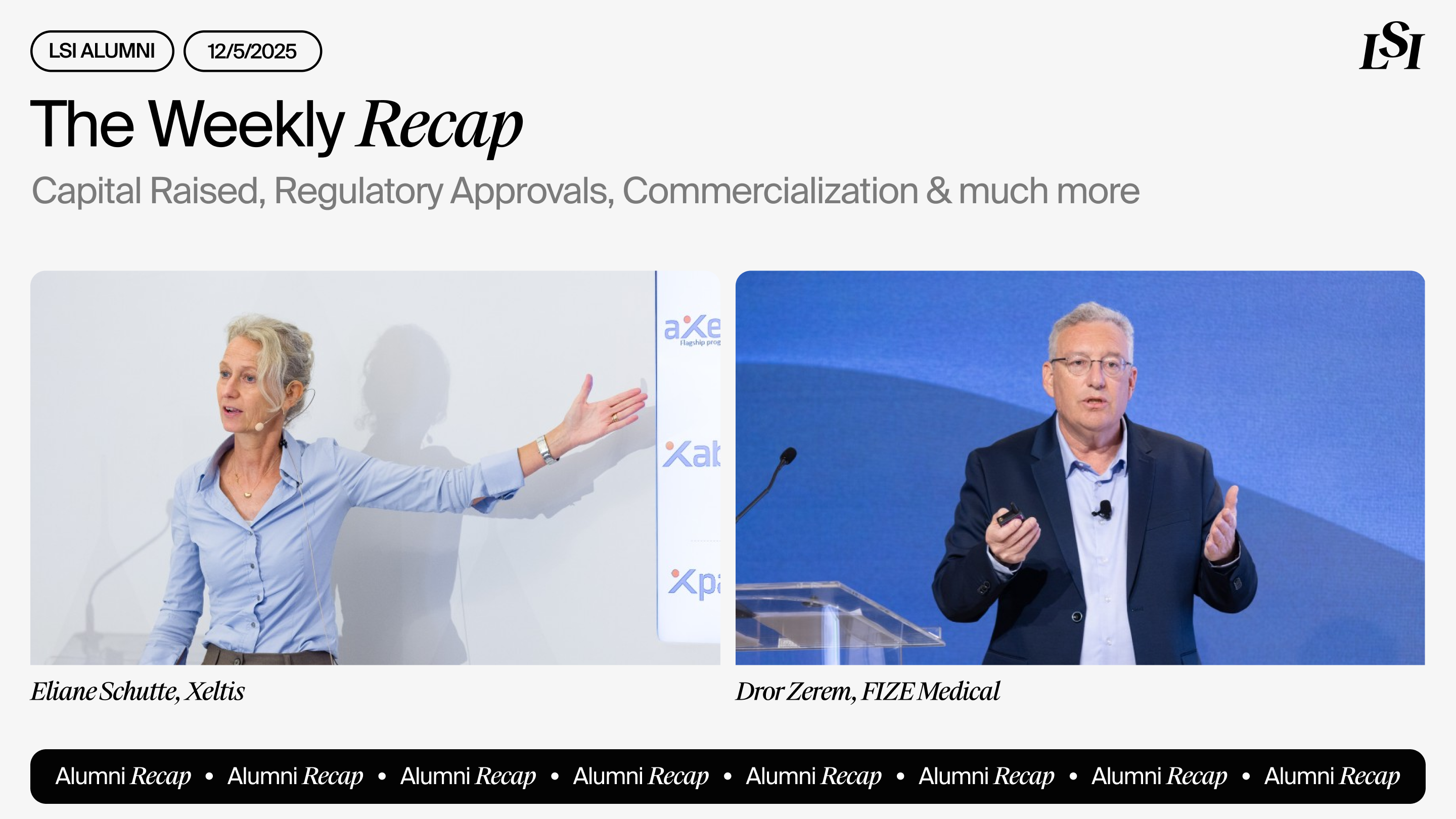
Under the direction of CEO Benjamin Holmes, Nanochon, Inc. is set to revolutionize the treatment of cartilage loss and damage. The company’s Chondrograft™ implant, a 3D-printed synthetic high-performance material, is designed to replace lost or damaged cartilage while encouraging new growth. This novel technology could redefine the standard of care for patients who are not yet candidates for, or want to avoid, knee replacement but are in need of a durable, low-cost, off-the-shelf solution for cartilage restoration.
Now, Nanochon is reaching a critical milestone—the company’s first-in-human clinical trial is set to begin this month, marking a major step forward in its journey to bring minimally invasive, regenerative cartilage restoration to patients suffering from painful joint damage.
Origin Story
Nanochon was founded by Benjamin Holmes and Nathan Castro, two biomedical engineers with a shared passion for tissue regeneration. Their work at George Washington University led them to a breakthrough in biomaterials, inspiring them to create a scalable, synthetic alternative to cartilage grafting.
“For me, the idea of bringing my research into the real world was a lightbulb moment,” Holmes said. “I didn’t want my work to be just another academic paper—I wanted to develop something that could actually help patients return to a pain-free, active lifestyle.”
His motivation became even more personal as he engaged with orthopedic surgeons and sports medicine specialists who agreed that one of the biggest unmet needs in orthopedics is treating patients between cartilage injury and knee replacement. “Many are too young, or their cartilage damage is not yet severe enough for total knee arthroplasty, but they’re in pain and need a real solution—not just a temporary fix,” Holmes explained.
With a biomaterial that mimics the mechanical properties of natural cartilage, Holmes and Castro envisioned a durable, cost-effective alternative to tissue- and cell-based grafts. Nanochon’s Chondrograft implant was born—a technology that could bridge the gap in orthopedic care by restoring joint function, delaying the need for knee replacement, and enabling faster rehabilitation.
The Current Landscape
Despite advancements in orthopedics, cartilage restoration remains a major challenge, leaving younger, active patients with limited options to repair joint damage before it worsens. Many undergo painful, slow-healing procedures that fail to restore function, leading to further degeneration. While total knee and partial replacement are available for severe cases, it’s highly invasive, costly, and generally not appropriate for younger and more active patients.
Current treatments offer inconsistent results and significant trade-offs. Tissue grafting is considered the gold standard; however, it varies widely in effectiveness and accessibility. “Allografts, while the most physically and biologically stable, are expensive and, by nature, in very limited supply. Cell biologic products, which utilize live cells extracted from the patient or cadaver tissue, haven’t demonstrated better results than allografts and are extremely expensive with varying coverage from geography to geography,” Holmes explained. On the other hand, microfracture surgery stimulates some cartilage growth but produces weaker fibrocartilage, which wears down quickly.
“There isn’t a dependable off-the-shelf option that balances affordability, durability, and ease of use,” Holmes emphasized. “Tissue grafts are limited and costly, while biologics remain unpredictable. Patients and surgeons need a solution that delivers true clinical benefit with long-term success.”
Inside the Innovation
At the core of Nanochon’s technology is Chondrograft, a 3D-printed high-performance material designed to replace damaged cartilage while promoting tissue regrowth.
“Chondrograft is mechanically strong from day one, which means it can immediately bear weight,” Holmes shared. “Unlike biologic implants that require long recovery times and restricted movement, our material is designed to integrate quickly and restore function faster.”
The implant is synthetic and off-the-shelf, eliminating the need for donor tissue. It mimics the porosity and structure of the natural collagen fibers that make up the body’s natural cartilage, providing strength and flexibility. The design allows for easy implantation using existing surgical techniques, reducing complexity for surgeons.
Nanochon’s preclinical studies—including large-animal models—have demonstrated remarkable success in cartilage regeneration. Early data from the latest study shows that Chondrograft achieved high-quality cartilage regeneration and restored a normal bone-cartilage surface eight months post-surgery, as confirmed by arthroscopy. In contrast, the microfracture control failed to generate strong cartilage and didn’t preserve the bone, a result that could indicate the onset of arthritic progression.
Progress and Milestones
Nanochon is about to take a major leap forward as it launches its first-in-human clinical trial this month at Durham Bone and Specialists in Ajax, Ontario, Canada. This 10-patient early feasibility study will evaluate Chondrograft’s performance and early clinical outcomes.
Beyond this initial trial, Nanochon is expanding its manufacturing capabilities at the LaunchPort in Baltimore, an early-stage medtech manufacturing partner. “This move is a key step toward scaling up production for a randomized trial in 2026 and setting the stage for eventual commercialization,” Holmes explained.
Looking ahead, Nanochon plans to raise a $20 million Series A in Q3 of this year to support its pivotal, randomized trial and FDA pathway, targeting a market launch in 2029. “Our goal is to make Chondrograft the new standard of care for cartilage restoration,” Holmes said. “We’re building the future of joint repair—one that’s accessible, scalable, and truly regenerative.”
Join Us at LSI USA ‘25
Holmes has been selected to present at LSI USA ‘25 this March 17-21 in front of hundreds of global medical technology companies. Join us in welcoming Holmes to the event in Dana Point, CA, where he will share the latest updates on Nanochon’s technology and development.

Schedule an exploratory call
Request Info17011 Beach Blvd, Suite 500 Huntington Beach, CA 92647
714-847-3540© 2025 Life Science Intelligence, Inc., All Rights Reserved. | Privacy Policy










